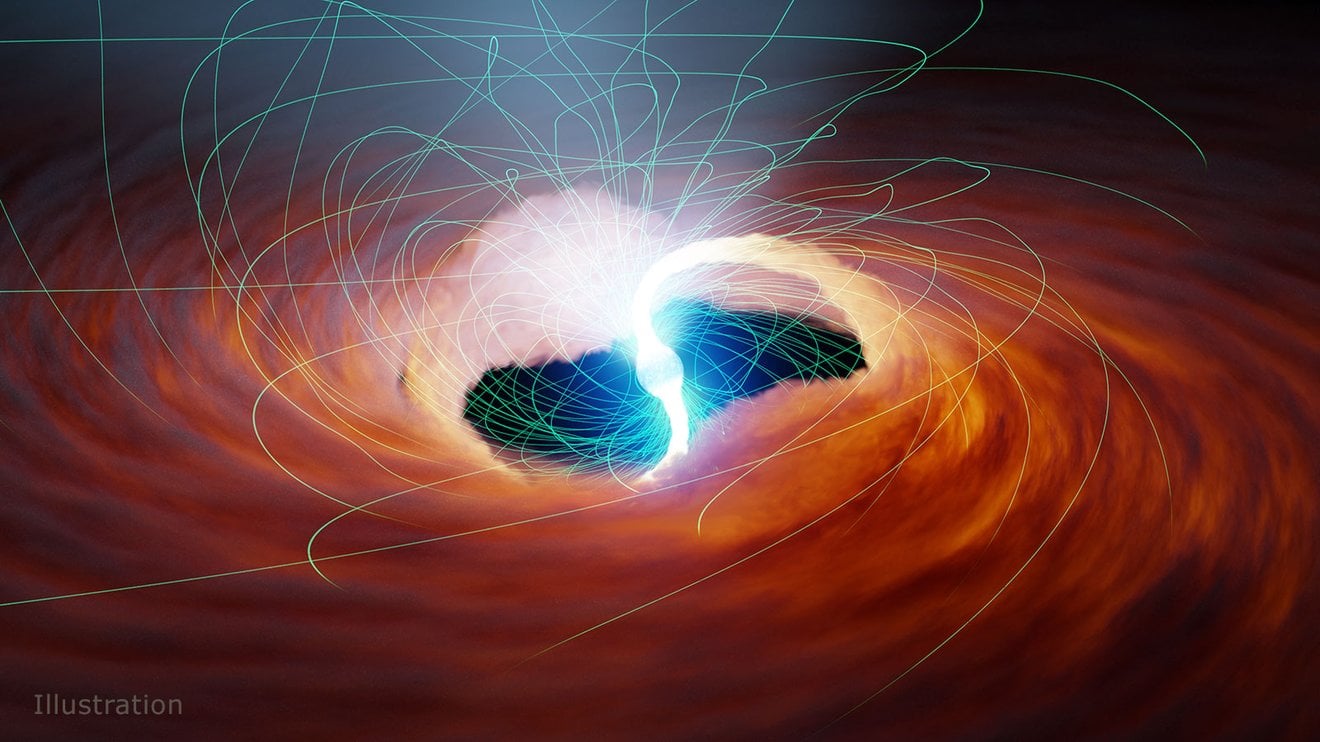
Something in the depths of space defies the laws of physics. Astronomers call these sources … Ultra-luminous X-ray sources (ULXs) which emit about 10 million times more energy than the Sun and have a similar level of luminosity. This amount of energy violates a physical law known as the Eddington limit, which determines how bright an object of a given size can be. If something breaks Eddington’s boundaries, scientists expect it to explode to bits. However, ULXs “regularly exceed this limit by a factor of 100 to 500, leaving scientists scratching their heads,” according to advertisement NASA.
New observations from NASA’s NuSTAR space observatory, which looks at the universe in high-energy X-rays, have confirmed that one particular ULX, called M82 X-2, belongs to a class 10 million times more massive than the Sun. Previous theories suggested that the intense luminosity might be some kind of optical illusion, but this new work shows that’s not the case – this ULX actually defies the Eddington limit.
Astronomers thought ULXs could be black holes, but M82 X-2 is an object known as a neutron star. Neutron stars are the dead cores of stars. A neutron star is so dense that gravity on its surface is about 100 trillion times stronger than on Earth. This intense gravity means that any material pulled to the surface of the dead star will have an explosive effect. According to NASA, “If a marshmallow were to fall on the surface of a neutron star, that fall would produce energy comparable to that of a thousand hydrogen bombs.”
https://www.youtube.com/watch?v=lmMuhoEGCac
The new study finds that M82 X-2 “swallows” 1.5 Earth’s worth of matter each year, which comes from a nearby star. When this amount of matter strikes the surface of a neutron star, it is enough to produce this excessive luminosity. The research team believes this is evidence that something must be going on with the M82 X-2 that will allow it to bend the rules and break the boundaries of Eddington. Their current idea is that a neutron star’s intense magnetic field changes the shape of its atoms, allowing the star to stick together even as it grows brighter.
Naftemporiki.gr

“Total alcohol fanatic. Coffee junkie. Amateur twitter evangelist. Wannabe zombie enthusiast.”





More Stories
Google turns mobile phones into “laboratories” for artificial intelligence
Hellblade 2: The Final Trailer is here and invites you on Senua’s brutal journey
A new discovery that overturns theories about the solar system – what scientists discovered about the “space snowman”